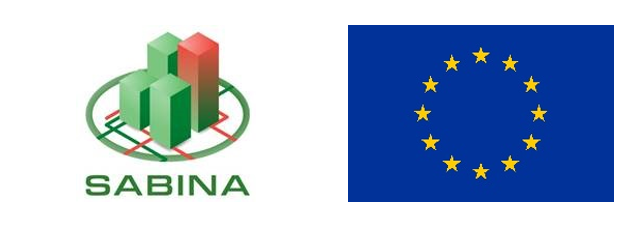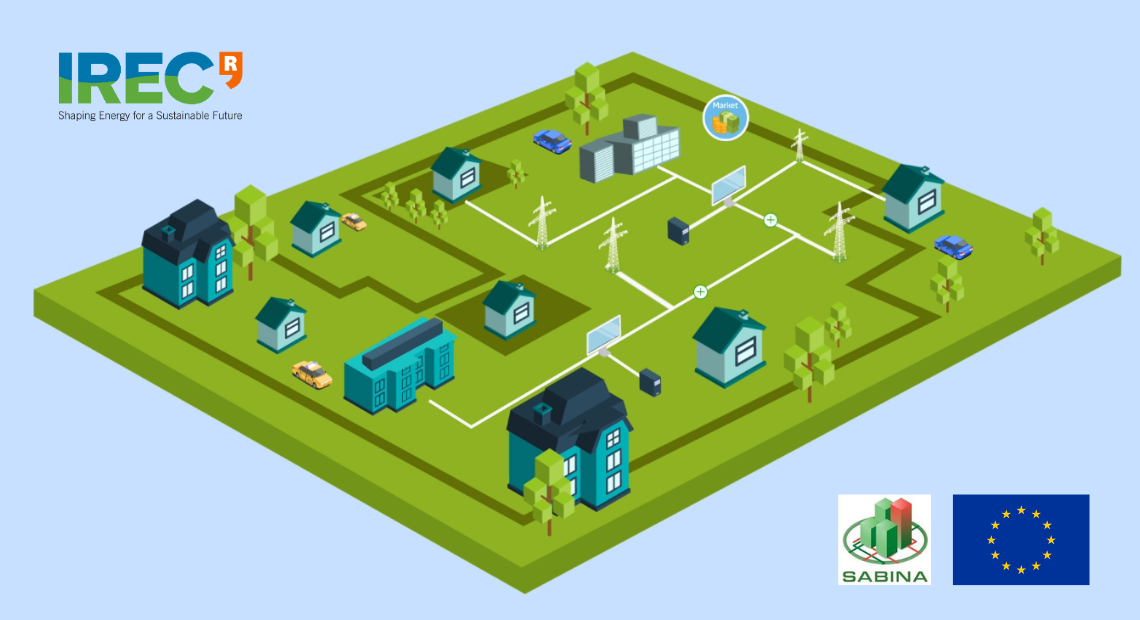The EU funded project SABINA has developed new technological and financial models to connect, control and actively manage generation and storage assets. The project concludes this month with results that bring the energy transition a step forward.
The aim of SABINA was to exploit synergies between the electrical flexibility and the thermal inertia of buildings. The flexibility provided by the SABINA solutions allows an aggregation platform to participate in grid-level flexibility provisioning. This is both as a result of short term management, such as renewable inverter control, and long term management, such as electric and thermal flexibility aggregation and management at district level and building thermal inertia management
IREC has been responsible of testing the solutions developed by several partners in its laboratories, identifying their effectiveness and performance. A unique test methodology has been ideated by the IREC team: connecting two distant laboratories and the SABINA aggregator to perform real-time management tests of virtual flexible buildings in a district (see the related video here). The tests facilitated the implementation prior to field demo sites in Denmark and Greece. The results showed the ability of management algorithms to activate thermal inertia of the buildings as an important flexibility asset to exploit in the close future.
IREC developed a district management algorithm and the communications protocols to interact with multiple buildings simultaneously. The knowledge generated from SABINA enlarged the base that feeds the recently created spin-off ENERGUEIA. ENERGUEIA is born to be the software platform of choice for demand aggregation. The software is able to adapt customer requirements and regulations whilst minimizing customization efforts addressed to the energy market agents.
This project has received funding from the European Union’s Horizon 2020 research and innovation programme under grant agreement number 731211.




